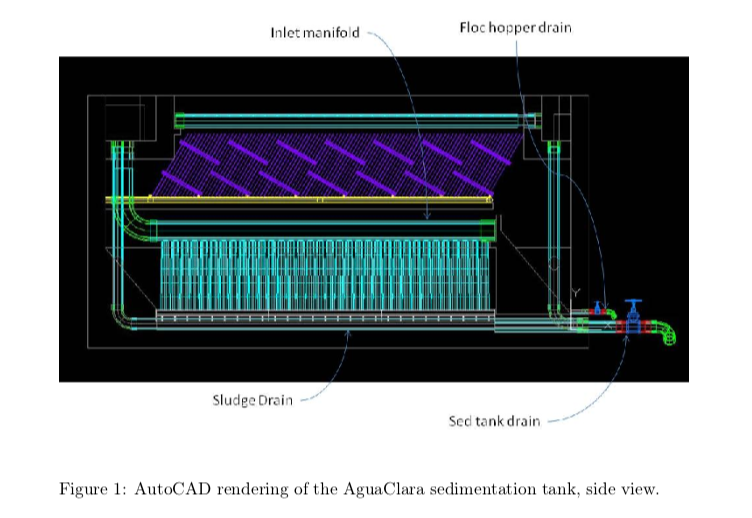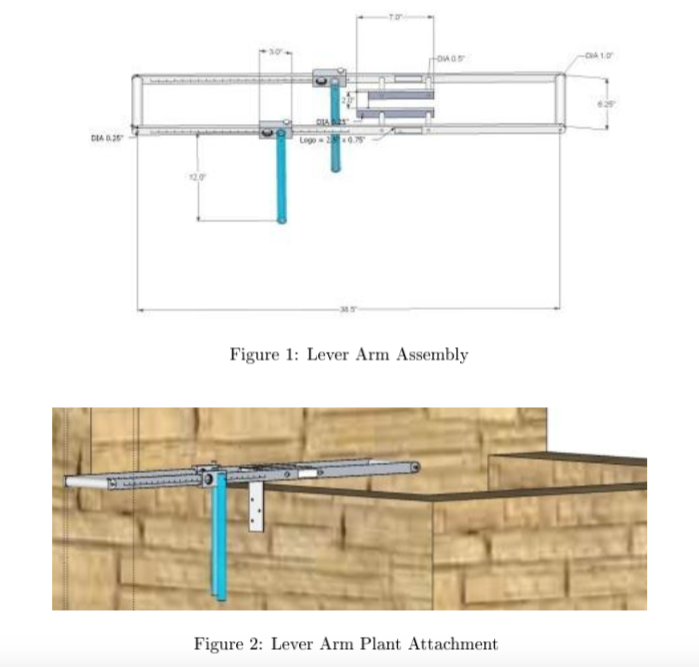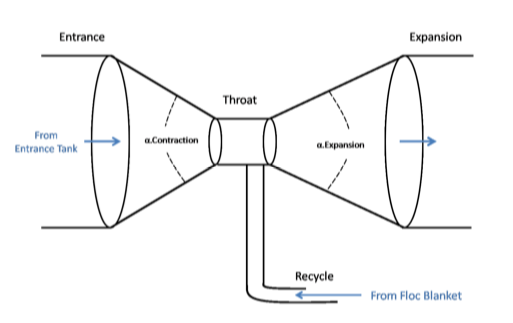Jill Freeman, Mahina Wang, Matthew Hurst, Saied Khan, Yiwen Ng
Abstract:
A floc blanket is a dense, fluidized bed of particles that forms in the sedimentation tank. It helps to reduce effluent turbidity by trapping small flocs and reduces clean water waste through less frequent draining of the sedimentation tank. Floc resuspension is necessary for floc blanket formation so that flocs are recirculated through the tank instead of settling on the tank bottom as sludge. Research was conducted to examine the effectiveness of the retrofitted Marcala sedimentation tank. At high influent turbidities, a steady floc blanket was obtained, but performance was slightly compromised when the influent turbidity was lowered to simulate Marcala conditions during the dry season. A floc blanket visibly formed with an influent turbidity of 5 NTU after about 1 week but “seeding” the tank with coagulated flocs will minimize floc blanket formation time. Images were also acquired for hindered sedimentation velocities of 0.6 mm/s, 1.2 mm/s, and 1.6 mm/s and analyzed with a floc-water interface program using a region of interest to better understand hydraulic processes within a floc blanket. Complete settling curves from this data confirmed wall effects significantly affect settling velocity. A floc hopper proved to be effective at controlling the height of the floc blanket when the accumulated flocs were drained at an adequately high flow rate. A lower alum dose of about 39 mg/L for an influent turbidity of 100NTU resulted in a less sticky sludge that could be more easily drained from the hopper.











